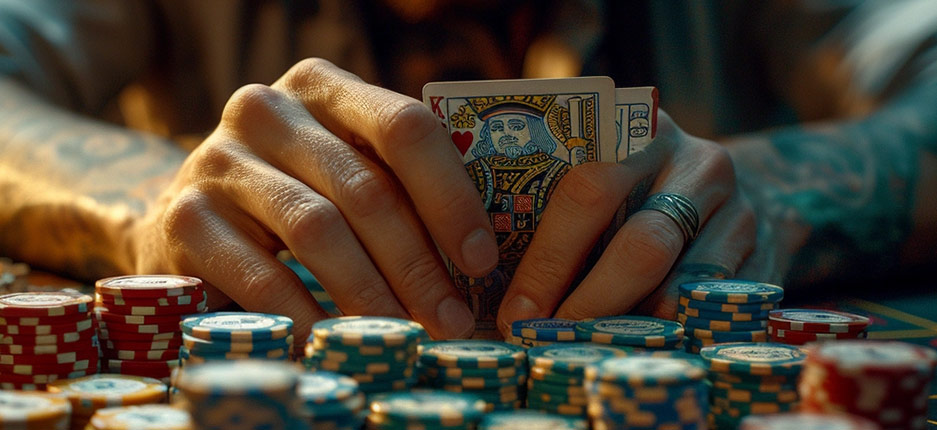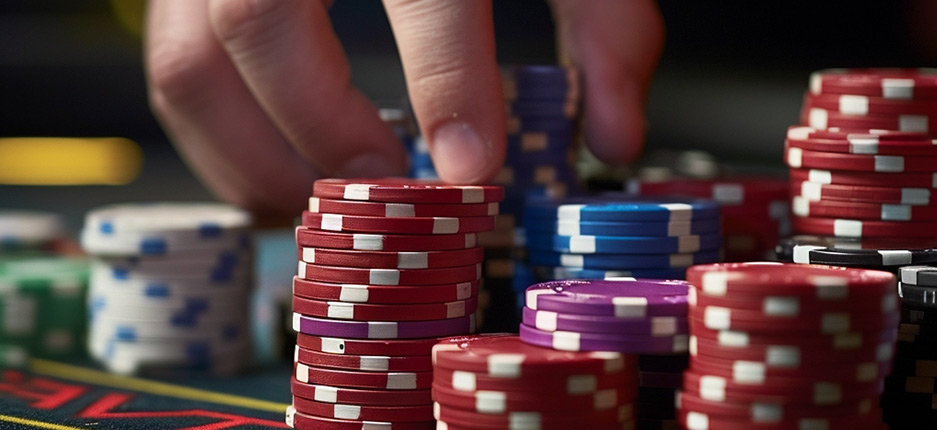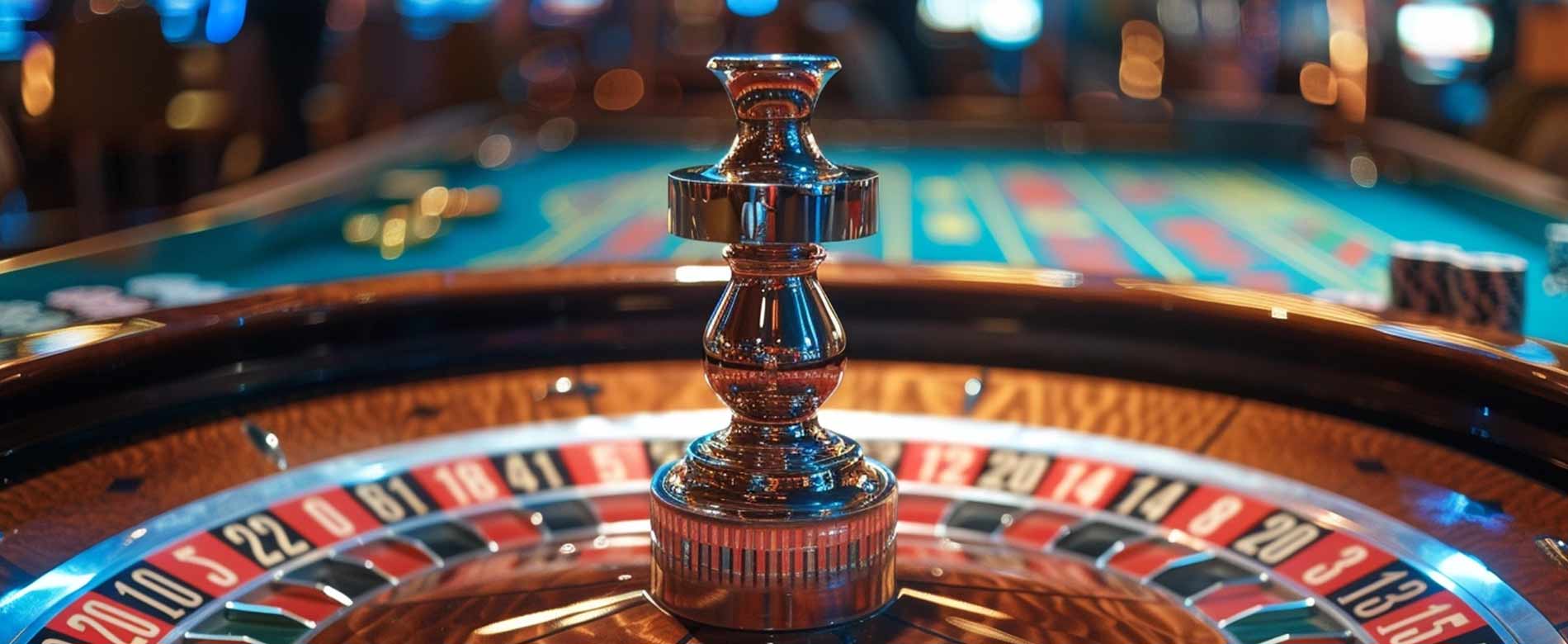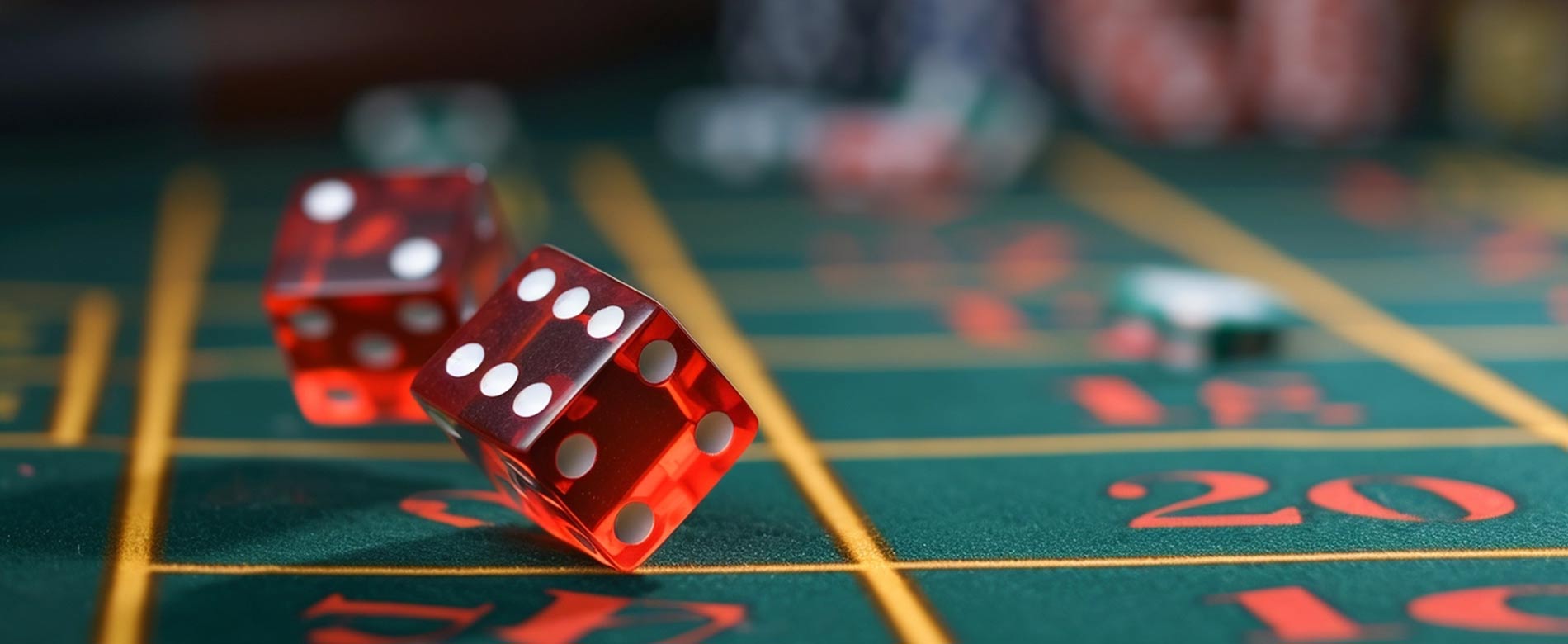Have you ever heard of Texas Hold’em Poker? Probably yes, because this is something that has become quite popular, and now we are here to discuss the Texas hold’em hands that you can get while playing.
The starting hands have only two hold cards, which are the sole property of the player and stay hidden from the other players. The five community cards are also dealt eventually into play. But you have to bet before the community cards are disclosed and then continue throughout the game.
The playing hand, compared with that of all the players involved, is the best-card poker hand from the two-hole cards as well as the five community cards. Unless it is mentioned specifically, the term hand is used to describe the two-hole cards, or it could be the starting hand of the player.
The Pack
A standard pack of 52 cards is used in this game.
Texas Hold’em Hands

You can have various hands in this game. Let’s check what those are:
Five of a Kind
This hand is most likely and happens when at least one of the cards is wild, like the Joker. For instance, you can have two queens along with one joker or four 10s along with a wild card.
Straight Flush
If you are using the standard pack, the chance of getting this hand is high. However, there are no wild cards. This hand has five cards of the same suit, and in sequence as well, like 10,9, 8, 7, and 6 of spades.
Four of a Kind
This one is next to those. For instance, four 3s or four aces.
Full House
This hand is quite colorful and is made with three cards that have the same rank and the other two of the same rank. For instance, two 4s and three 8s.
Flush
Flush is having five cards in the same suit but not in sequence. An example of flush is Q. 10, 6, 2, and 1 of hearts.
Straight
Having five cards that are all in sequence but not from the same suit is having a straight.
Three of a Kind
This is a combination that has three cards from the same rank, and the two other cards are from different ranks. For instance, it could be three jacks, a five, and a two.
Two Pairs
This one has a pair of one rank, and the other pair has a different rank. The other card is from another different rank. For instance, it could be Q, Q, 5, 5, 3.
One Pair
This combination is quite frequent, with one pair from the same rank and the other three from three different ranks. For instance, 7, 7, K, 4, 2.
No Pair
This hand is quite common and has nothing. The five cards make the hand not pair up. They are not from the same suit, and they are not from the consecutive rank.
The object of the Game

After and before revealing every card, players get their chance to bet. For staying in hand and seeing their next card, every player has to put an equal amount of chips in the pot as every other member playing the game. And then the player who has the best poker hand wins the game.
The Deal

Each player is given two cards, which only they can see. After that, the dealer deals the other five cards, and the first three are given at once, followed by one and one after that. The players can use this to create the best possible five cards they have.
The Play
In Texas hold’em hands, every player is given two private cards, popular as the hole cards, and that specifically belong to them alone. Every player in the game uses the community cards that are shared among all of them, along with their hole cards, to form the best five-card poker hand.
In this game, a player can use a combination of any seven cards that are available to make the best five-card hand and use zero, one or two of the private hole cards.
The Blinds
In Texas Hold’em Hands, there is a marker known as “the dealer button” or “the button,” which indicates who is going to be the dealer for the ongoing game. Prior to the beginning of the game, the player sitting clockwise next to the button places the first forced bet or the “small blind.”
After that, the player sitting immediately clockwise to the small blind posts the “big blind.” this is actually twice the small blind. But these blinds can vary with regard to the betting structure and the stakes being played.
In the case of limit games, the small bet and the big blind are the same. Typically, the small blind is half of the big blind in size. However, it can be large depending on the stakes. For instance, in a limit game of $2/$4, the small blind is generally $1, and $2 is the big blind.
In a limit game of $15/$30, the small blind is around $10, and the big blind is around $15. In no-limit games or pot limits, the games are known by the size of the blinds. It depends on the structure of the game; every player might need to post an “ante” into the pot.
Every player has their own two-hole cards. The betting action goes clockwise and starts from the player sitting immediately next to the big blind clockwise.
Player Betting Options
Just like the other forms of poker, the available options for Hold’em are “bet,” “fold,” “check,” “raise,” or “call.” however, the exact available options depend on the action taken by the previous player.
If no other player has made any bet, then the next player has the chance to raise, fold, or call. To call, you have to match the amount with the player who has previously bet. To raise a pet, you have to increase the previous pet and not just match it.
Pre-Flop
After seeing the hole cards, every player gets the option to play their hand by raising or calling the big blind. The action starts to the left of the big blind, and this is considered to be a “live” bet in the round.
That particular player has the option to raise, call, or hold. For instance, if $4 was the big blind, then to call it would cost $4, and to raise it is going to cost $8. Then the action moves around the table clockwise.
In every round, you can bet, and this can continue till the active players, or those who have not yet folded, place an equal bet in the pot.
The Flop
Three cards are dealt with the face-up, and this is called “the flop.” The three cards in Hold’em on flop are the community cards. This is available for all the players still in hand. Betting starts from the one sitting immediately clockwise to the button.
The available options in flop are similar to pre-flop. However, if none of the players have bet previously, then the players can choose to check and then pass the active to the next clockwise active player.
The Turn
After the betting is done for the round of flop, it is dealt with the face-up. The turn comes as the fourth community card in the Texas Hold’em hands and is also known as “Fourth Street.” the next round of betting starts with the player sitting immediately clockwise to the button.
The River
When betting is completed for the turn, “Fifth Street” or “river” is dealt with face-up. In the Hold’em game, the river comes fifth, and this is the final card. Betting starts from the active player, who is immediately next to the button, clockwise. The betting rule is similar to that of turn and flop, as mentioned above.
The Showdown
While completing the final betting round, if there is more than one player remaining, then the last person to raise or bet shows the cards only if there was no bet done in this final round. In this case, the player who is just next to the button clockwise shoes the card first.
The pot goes to the one who gets the best five-card poker hand. In the case of identical hands, the pot is equally divided between the two players who have the best hands. According to the Texas hold’em hand rules, all suits are equal.
After giving away the pot, you are all set for a new Texas hold’em hands. But the time the button moves clockwise to the player sitting next. You will again have to post the antes and blind, and every layer is dealt a new hand.







